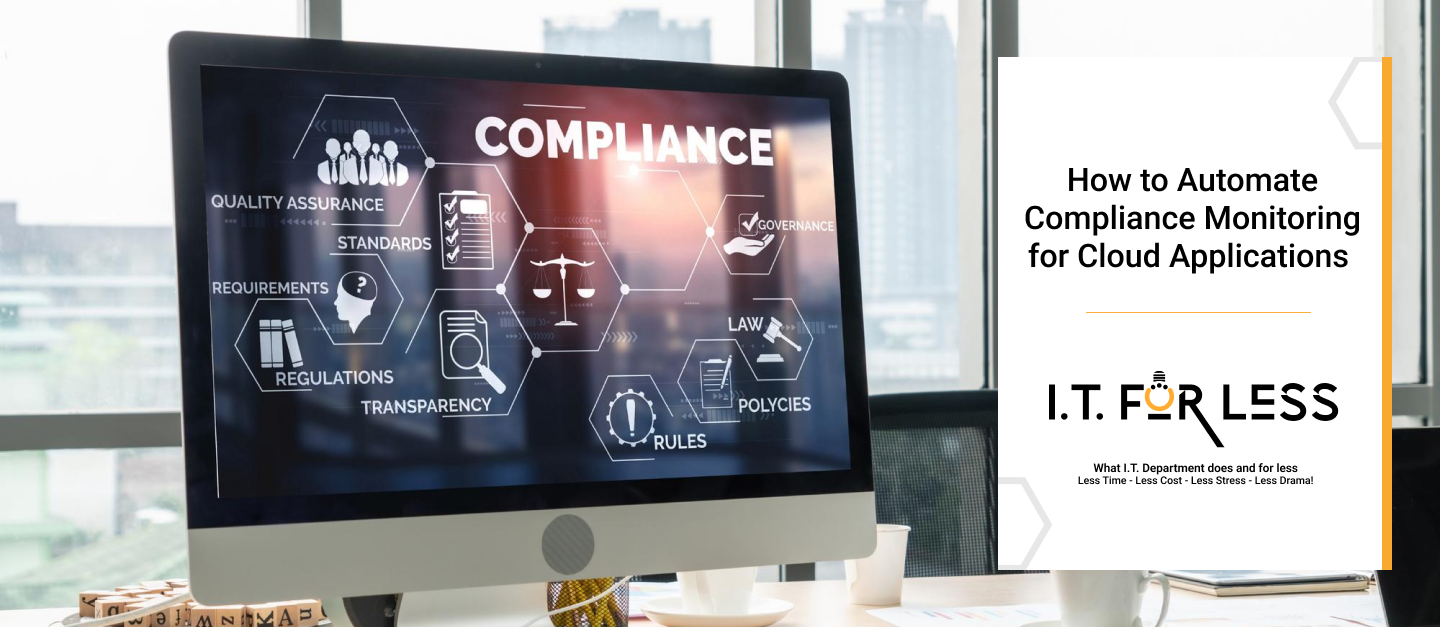In today’s fast-paced digital world, businesses are increasingly adopting cloud applications to scale efficiently and innovate quickly. However, with this shift comes an equally critical responsibility—ensuring compliance with regulatory standards and industry frameworks. From GDPR to HIPAA to SOC 2, compliance is no longer optional; it’s essential for protecting sensitive data, maintaining customer trust, and avoiding costly penalties.
The challenge? Manually monitoring compliance across multiple cloud applications is inefficient, error-prone, and often unsustainable. That’s where automation steps in.
Why Automate Compliance Monitoring?
Automation transforms compliance from a reactive, time-consuming process into a proactive, streamlined function. Here are some key benefits:
- Continuous monitoring: Automated tools run 24/7, instantly detecting misconfigurations or policy violations.
- Scalability: As your cloud footprint grows, automation scales with you—something manual checks can’t do effectively.
- Accuracy: Reduce the risk of human error in repetitive compliance checks.
- Faster audits: Automated reports simplify audit preparation, saving your team weeks of effort.
- Cost savings: By minimizing compliance failures and fines, automation saves money in the long run.
Key Steps to Automating Compliance Monitoring
1. Identify Relevant Compliance Frameworks
Every business is subject to different regulations depending on industry and geography. For example:
- Healthcare organizations may need HIPAA.
- Financial services companies must meet PCI DSS.
- Businesses in Europe are subject to GDPR.
Start by mapping the frameworks and controls relevant to your business.
2. Implement Policy-as-Code
With policy-as-code, compliance rules are embedded into your infrastructure configurations. This ensures that every deployment automatically aligns with compliance requirements—whether it’s password complexity, data encryption, or access restrictions.
3. Leverage Cloud-Native Compliance Tools
Major cloud providers (AWS, Azure, GCP) offer compliance and security tools:
- AWS Config and AWS Security Hub for real-time monitoring.
- Azure Policy for enforcing rules across cloud environments.
- Google Cloud Security Command Center for centralized visibility.
These tools help enforce standards and detect violations instantly.
4. Integrate Continuous Compliance into CI/CD Pipelines
Embedding compliance checks into your DevOps pipelines prevents non-compliant resources from being deployed. This “shift-left” approach ensures security and compliance are addressed early in the development cycle.
5. Use Third-Party Automation Platforms
Beyond cloud-native tools, solutions like Prisma Cloud, Qualys, or Splunk provide advanced automation, cross-cloud visibility, and pre-built compliance frameworks for easy adoption.
6. Automate Reporting and Alerts
Automated reporting provides auditors with ready-to-use compliance evidence. Pair this with automated alerts that notify your IT team of violations in real time to act before small issues escalate.
Overcoming Challenges in Automation
While automation simplifies compliance, challenges may arise:
- Complexity of multiple frameworks: Mapping controls across various standards requires careful planning.
- Initial setup effort: Designing and coding compliance policies takes upfront investment.
- Ongoing updates: Regulations evolve, so automated policies must be updated regularly.
By addressing these early, businesses can unlock the full benefits of automation.
Final Thoughts
Automating compliance monitoring for cloud applications isn’t just about meeting regulations—it’s about building resilience, trust, and efficiency into your IT operations. By embracing automation, organizations can focus less on manual oversight and more on growth and innovation.
Partner with I.T. For Less today and take the first step toward making your compliance journey as seamless as your cloud ambitions.
